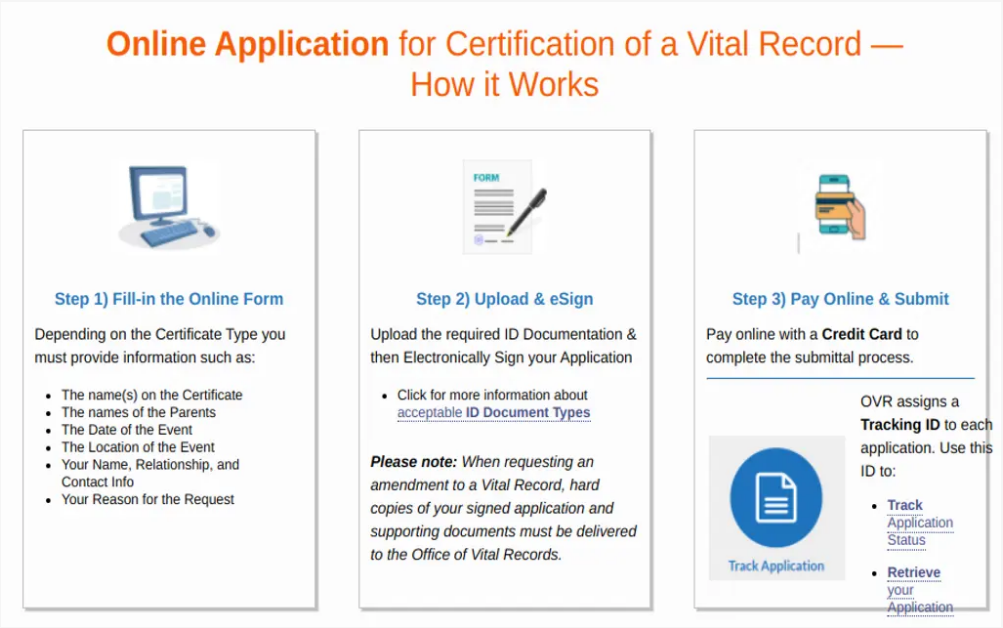Tri Cities Arrest Records Public Access Guide
Tri Cities arrest records offer a glimpse into the region’s crime statistics, but navigating their accessibility requires understanding legal frameworks and procedures. This guide clarifies the process of obtaining these records, detailing methods for online and in-person access, contact information for relevant agencies, and the information contained within these vital documents. We’ll also explore the significance of the data, potential inaccuracies, and crucial privacy considerations surrounding their use.
Understanding Tri Cities arrest records involves more than just accessing the data; it necessitates interpreting the information correctly. This includes deciphering codes, understanding the chronological sequence of events, and recognizing the difference between an arrest and a conviction. We’ll provide guidance on interpreting this information responsibly and ethically, highlighting the legal protections and potential consequences of misuse.
Tri-Cities Arrest Records: A Comprehensive Guide: Tri Cities Arrest Records
Understanding the accessibility, content, and implications of Tri-Cities arrest records is crucial for both individuals and organizations. This guide provides a detailed overview of the legal framework, data included, interpretation methods, privacy concerns, and visual representations of arrest data in the Tri-Cities area.
Tri-Cities Arrest Records Accessibility
Access to Tri-Cities arrest records is governed by state and federal laws, primarily focusing on public records laws. These laws generally allow public access to arrest records, but with certain limitations to protect individual privacy. The specific procedures for obtaining these records vary depending on the law enforcement agency involved. Obtaining records can be done both online, through agency websites, and in person, by visiting the agency’s office.
Learn about more about the process of treadmill repair tulsa in the field.
Online access often involves using search engines or dedicated databases, while in-person requests require completing forms and potentially providing identification. The online method offers convenience and speed, while in-person requests allow for more direct interaction with agency personnel and potential clarification.
Requesting Tri-Cities arrest records typically involves the following steps: 1. Identify the relevant law enforcement agency. 2. Determine the agency’s preferred method of request (online or in-person). 3.
Gather necessary information, such as the individual’s name and date of birth. 4. Complete any required forms and submit the request. 5. Pay any applicable fees.
6. Allow for processing time.
| Agency Name | Contact Person | Phone Number | Email Address |
|---|---|---|---|
| [Agency Name 1] | [Contact Person 1] | [Phone Number 1] | [Email Address 1] |
| [Agency Name 2] | [Contact Person 2] | [Phone Number 2] | [Email Address 2] |
| [Agency Name 3] | [Contact Person 3] | [Phone Number 3] | [Email Address 3] |
| [Agency Name 4] | [Contact Person 4] | [Phone Number 4] | [Email Address 4] |
Data Included in Tri-Cities Arrest Records, Tri cities arrest records
Tri-Cities arrest records typically contain a range of identifying and incident-related information. This data is crucial for various purposes, including background checks, legal proceedings, and research. However, it’s important to acknowledge potential limitations and inaccuracies. Incomplete information, data entry errors, and the nature of arrest data itself (an arrest is not a conviction) can lead to misinterpretations. Arrest records are frequently used in background checks for employment, housing, and licensing purposes.
- Arrestee’s Full Name
- Date of Birth
- Address
- Date and Time of Arrest
- Location of Arrest
- Charges Filed
- Arresting Agency
- Disposition of Charges (if available)
- Booking Number
Interpreting Tri-Cities Arrest Records
Understanding the nuances of arrest records requires careful attention to detail. Different codes and abbreviations, the chronological sequence of events, and the distinction between an arrest and a conviction are all crucial aspects of interpretation. Context is paramount; an arrest does not equate to guilt. The information needs to be considered within its specific legal and factual context.
- Arrest: The apprehension of a person suspected of committing a crime.
- Conviction: A formal finding of guilt by a court of law.
- Misdemeanor: A less serious crime, typically punishable by a fine or short jail sentence.
- Felony: A serious crime, usually punishable by imprisonment for more than one year.
- Charges Dismissed: The prosecution has decided not to proceed with the charges.
Privacy Concerns Related to Tri-Cities Arrest Records

The dissemination of arrest record information is subject to various legal protections designed to balance public access with individual privacy rights. Unauthorized access or disclosure can have significant consequences, including legal penalties and reputational damage. Individuals have rights concerning their arrest records, including the ability to challenge inaccuracies or seek expungement under certain circumstances. State privacy laws vary, influencing the accessibility and usage of arrest records.
Visual Representation of Arrest Data
A bar chart illustrating arrest frequency in the Tri-Cities area could display the number of arrests for different crime categories (e.g., theft, assault, drug offenses) over a specified period (e.g., one year). The horizontal axis would represent the crime categories, and the vertical axis would represent the number of arrests. Each bar would correspond to a specific crime category, with its height representing the number of arrests.
The chart would include a title, axis labels, and a clear legend.
A map visualizing the geographic distribution of arrests could use color-coding to represent arrest density in different areas of the Tri-Cities region. Darker shades could indicate higher arrest concentrations, while lighter shades would represent lower concentrations. Markers could pinpoint specific arrest locations. A legend would explain the color-coding scheme and provide a scale for interpreting the density levels. The map would clearly show arrest clusters and potentially highlight areas requiring increased law enforcement attention.
Accessing and interpreting Tri Cities arrest records demands careful consideration of legal frameworks, privacy concerns, and ethical implications. While these records provide valuable insights into crime patterns and individual histories, responsible usage is paramount. This guide aims to empower individuals with the knowledge to navigate this complex landscape effectively, ensuring both transparency and respect for individual rights.




